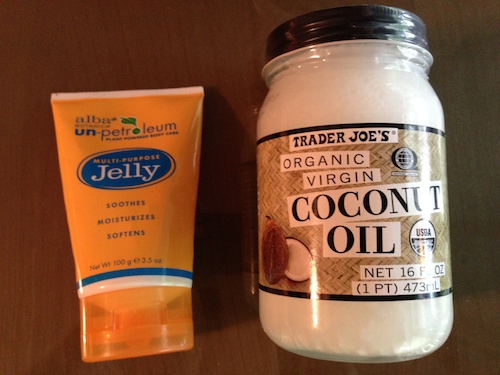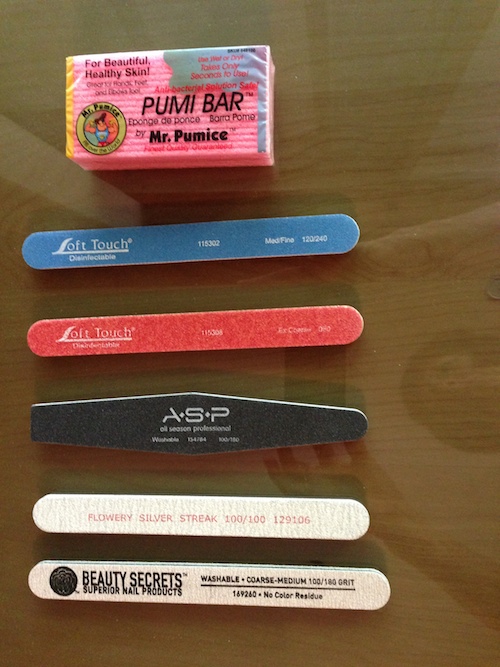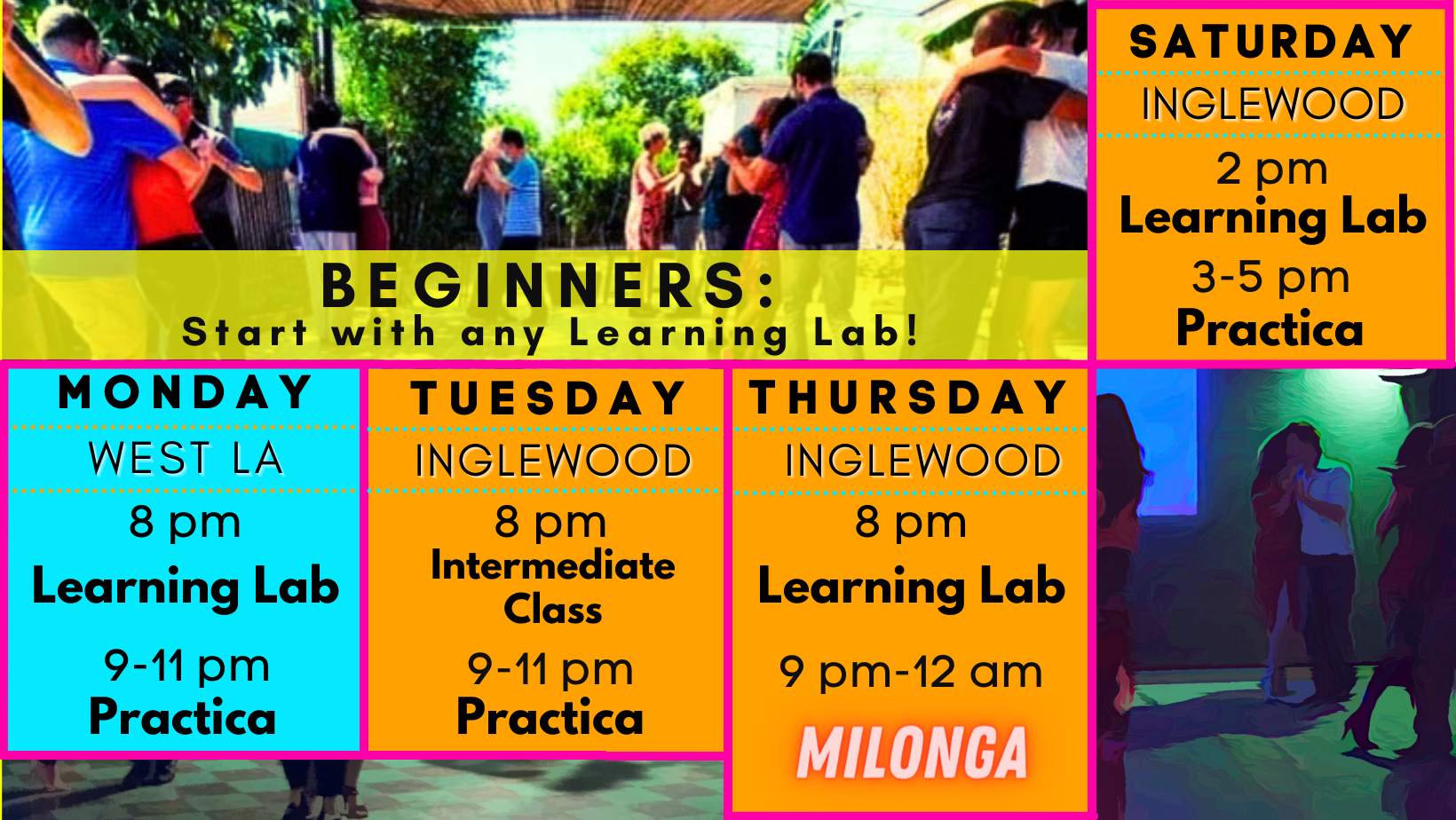Care for the Feet that Keep You Dancing - Part 1 of 3
/Part 1: Footcare Basics
by Diana Devi
My quest to find the right foot care began many years ago. I was dancing ballet; I wanted to dance on point forever. I knew my passion for dance would be life-long so I began educating myself on caring for the feet that would keep me dancing. Fast forward to when I started dancing tango. WOW the heels really made my feet hurt and thus began the second part of my journey for happy healthy feet.
Pain is not normal, no matter where you feel it. If you are experiencing pain, your body is trying to tell you something.
LISTEN. Often we don’t want to act to alleviate the pain because we do not want to stop dancing or doing whatever we think is causing the pain. But it is important to listen to our bodies; they never lie to us. My own case was a prime example. I was wearing 3.5 plus inch heels, and dancing 3 nights a week-in addition to two nights of practica. Sometimes I would wear the higher heels to class and sometimes I wore lower practice heels, but I always wore my beautiful high heels to milongas and the practicas. My feet started to hurt so much that I could not go to sleep at night. So what did I do? I went to see a doctor who x-rayed my feet. She told me there was nothing broken but I had to purchase orthotics. To make matters worse, I would have to wait 3 months to see the orthotics specialist.
I wasn’t waiting 3 months because I wanted to continue to dance. I embarked on my own investigation.
The first thing I focused on was expanding my basic foot care.
1) Inspect your feet regularly. What does that mean? Do you have an ingrown toe nail, are your nails chipped (remember the newbie last night that accidently kicked your toe?) Are your feet dry? How do you toes look; are they on the move (as in the big toe is moving to meet your little toe?)
2) Create a regular routine for the care of your feet. Sounds weird I know but it works! Our poor feet are often forgotten until they start screaming “pay attention to me!"
3) What to include in your routine for healthy and happy feet.

I use coconut oil, yup the same stuff I use for cooking. It has anti fungal properties as well as moisturizing and is readily absorbed by the skin. I have a small glass jar that I fill with coconut oil that I use for cooking. I keep it at my bedside for application at night.
The Alba unpetrolatum is very thick and seals in moisture. I also apply the coconut oil BEFORE the unpetrolatum. The Alba product is paraben free and does not contain any petroleum distillates, which can dry out your skin or if you have sensitive skin results in an allergic reaction.
Either of these can be used alone.a. Wash your feet twice a day; in the morning and at night before you go to bed. A friend of mine takes it one step farther. She wipes out her tango shoes with a damp cloth or wet wipe after she dances. This extends the life of her shoes and gets rid of any dirt (and odor) that has accumulated from a night of dancing that can harm her feet later.
b. Moisturize daily, but look at your skin to determine what you need. Once a day at least is necessary. For me, moisturizing twice a day is necessary. If you are outside, remember to use a sunscreen on the tops of your feet. They are sensitive and can burn easily. While you are moisturizing, examine your feet for general health. This means looking for calluses; noticing if the skin on your heel is split; are you developing bunions? Make note of what looks different from day to day so you can take early action.
c. Trim toe nails as needed. If you are going to use polish use something that is free of formaldehyde, toluene, and dibutyl phthalate. These chemicals can weaken or dry out the nail. Remember to cut with a slightly rounded toe nail clipper. According to podiatrists, straighter nail edges help to prevent ingrown toe nails which you should be checking for each time you trim your nails.

These items start at $1.29 and go up from there depending on how large, grit size etc. Remember to buy a file/pumice stone that is washable! Wash and allow to air dry after each use.d. Remove dry skin and excess skin on calluses. Use an exfoliator scrub regularly, or you can use a pumice stone. I use a nail file designed for artificial nails because it is more coarse than a regular nail file. These files are cheap and easy to wash and disinfect.
e. Rotate your shoes, allow at least 24 hours between each wearing so your shoes can breathe. This also helps to prevent fungal infections (aka athlete’s foot.)
With this simple routine that's also friendly to your wallet, you're on your way to a pair of feet that will not only look great but feel healthier in your stilettos. In the next installment, I will share some exercises that strengthen and stretch your feet to keep you dancing -- stay tuned!

Diana Devi has a unique approach to Argentine Tango instruction. Her rich background in dance includes classical ballet; tap; jazz; contact improve; modern dance; Middle Eastern and East Indian dance. She is also an educator in Nutrition for the dancer’s body; Gyrotonic for strength and flexibility; Alignment/balance combining the Gohkale and Mahler-Klein methods. From this diverse expertise, students gain tools necessary to sculpt their bodies for sustainable support of their tango dancing. Visualization and meditation are used to reinforce learning.
In the classroom Diana is known for quickly identifying key adjustments necessary to release obstructions or create foundations for better dancing. Students equally appreciate her expertise in tango techniques and her sense of fun. Diana studies with well-known masters in and outside of Argentina. She has performed and taught internationally and is presently teaching and dancing Argentine Tango in Minneapolis Minnesota, where she served as President of the Tango Society of Minnesota for several years.


